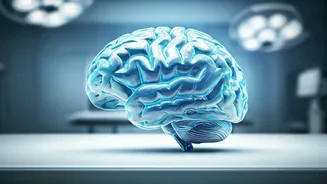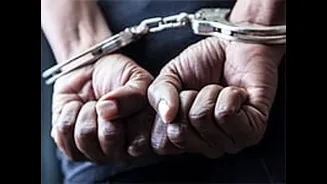Recognizing Stroke Symptoms
Experts stress the critical need to identify the initial signals of a stroke, as quick action significantly improves recovery prospects. These early indicators
serve as vital clues, helping individuals and healthcare professionals to act fast. One frequently cited sign is a sudden weakness or numbness on one side of the body, potentially impacting the face, arm, or leg. This may manifest as a drooping face or difficulties in raising one arm. Another significant indicator includes severe, sudden headaches, particularly if accompanied by other symptoms like nausea, vomiting, or altered consciousness. Speech difficulties, such as trouble speaking or understanding, are also critical. Additionally, vision problems, like blurred or double vision, can be a symptom. Experiencing confusion, dizziness, or loss of balance are additional warning signs. Time is of utmost importance during a stroke; recognizing these signs and promptly seeking medical help is crucial for improving outcomes and possibly saving a life. Remembering these signs can make all the difference.
Importance of Early Action
Taking immediate action upon noticing any stroke symptoms is of utmost importance. Experts emphasize that the quicker medical assistance is sought, the better the chances of a favorable outcome. When a stroke occurs, brain cells start to die rapidly due to lack of oxygen, and prompt treatment can minimize brain damage. Emergency medical services should be contacted immediately if symptoms arise. Providing clear details of the symptoms, along with any relevant medical history, will help paramedics and hospital staff to provide better care. Upon arriving at the hospital, the medical team will conduct a series of tests to diagnose the stroke. Treatments, such as clot-busting medications or procedures to remove blood clots, can be administered if the stroke is recognized early. Speedy action greatly improves the effectiveness of these interventions and increases the likelihood of a successful recovery. The timely administration of treatment can reduce long-term disabilities and enhance the patient's quality of life. The commitment to quick response can transform the impact of stroke.
Prevention Strategies
Besides understanding the early signs of a stroke and taking quick action, focusing on preventive measures is equally vital. Lifestyle adjustments can significantly reduce the risk of stroke. Maintaining a healthy diet, rich in fruits, vegetables, and lean proteins, and low in saturated fats and sodium, supports cardiovascular health. Regular physical activity is another critical element. Engaging in at least 150 minutes of moderate-intensity exercise, such as brisk walking, per week helps to keep the heart and blood vessels healthy. Controlling blood pressure is another significant preventive measure. Hypertension is a major risk factor for stroke, so routine monitoring and management, through medication or lifestyle changes, are essential. Likewise, managing cholesterol levels is crucial. High cholesterol can contribute to the buildup of plaque in the arteries, increasing stroke risk. Quitting smoking is also highly recommended. Smoking damages blood vessels and raises blood pressure, so kicking the habit significantly lowers the stroke risk. Avoiding excessive alcohol consumption and managing diabetes effectively are also essential. Regular health check-ups and open communication with a healthcare provider can help in early detection and management of risk factors, and proactive healthcare ensures long-term well-being.















